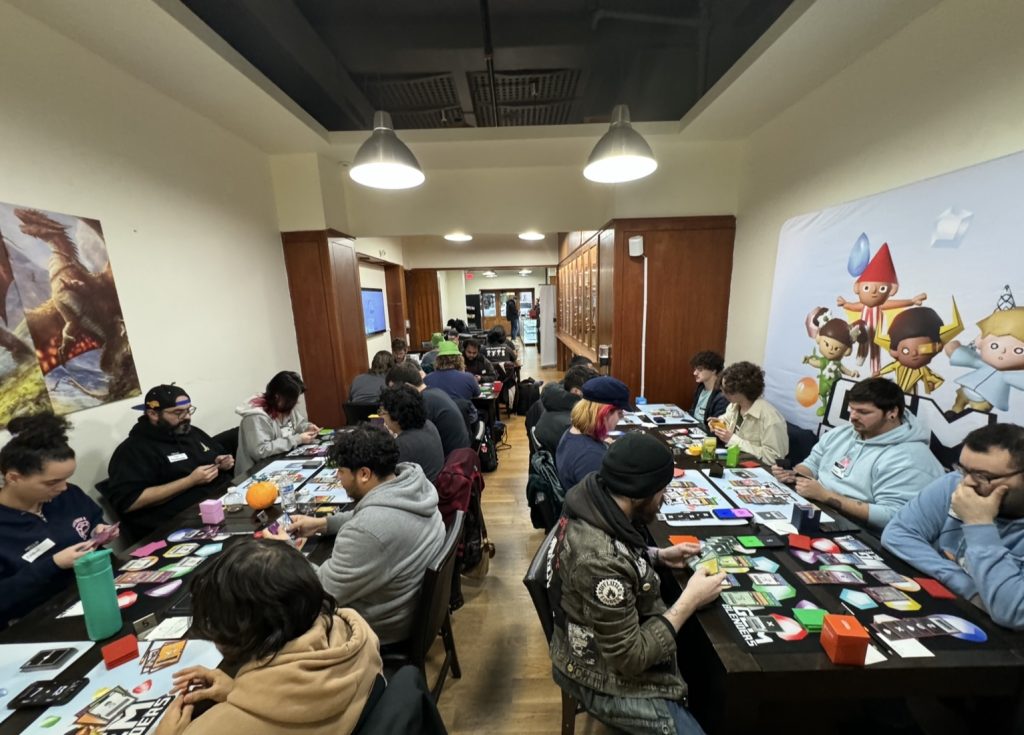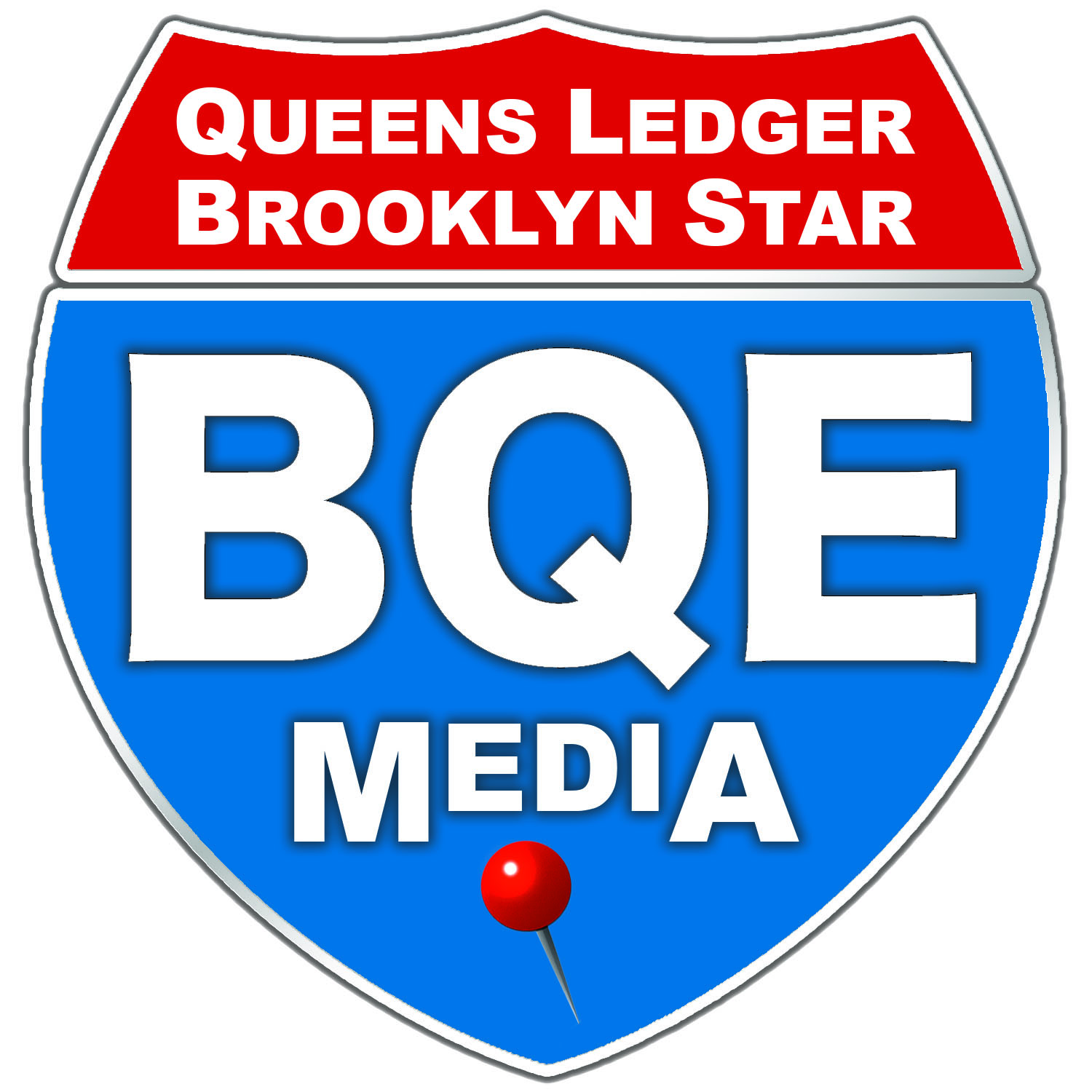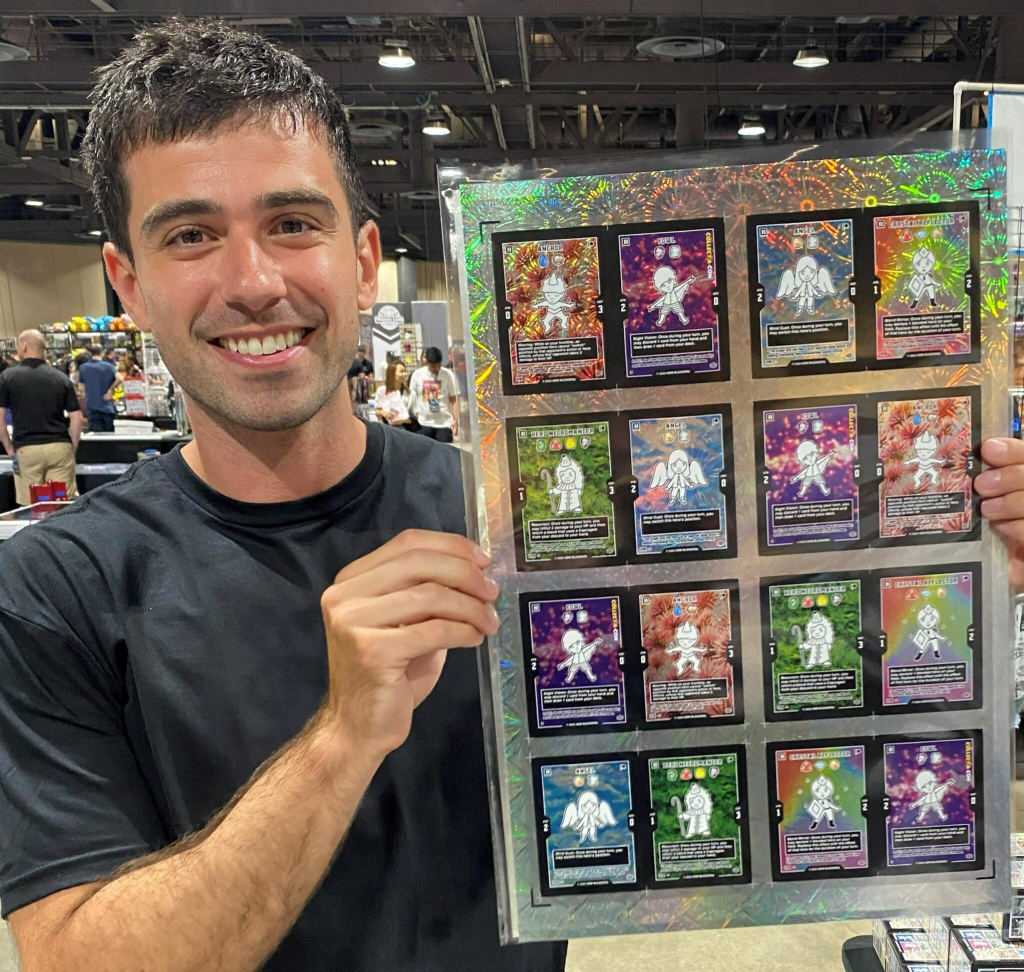
Turning Childhood Passion into a Growing TCG
MOHAMED FARGHALY
mfarghaly@queensledger.com
What started as a childhood passion project on the back of business cards has transformed into a fully realized trading card game attracting a loyal and growing community. Gem Blenders, the brainchild of artist and designer Steve Sekula, is building momentum in the world of indie tabletop gaming with its colorful characters, unique mechanics, and a dedication to grassroots community building.
Growing up in Bucks County, Pennsylvania, Sekula was always fascinated by trading card games. “I have designed trading cards since I was a kid just for fun,” he said. After studying art at Swarthmore College, he returned to the idea with a more focused vision. “I had always designed trading card games growing up and decided let’s have a good shot at this.”
Launched in 2019 via Kickstarter, Gem Blenders began its life as a quirky, lo-fi RPG-inspired card game hosted on a simple HTML site. It was rooted in the fictional world of Gemlandia, where citizens harness elemental gems to power transformations known as “blends.” The project evolved steadily from there. “It definitely started as a passion project, even, like an art project,” Sekula explained.
Sekula’s inspiration for building Gem Blenders came from a lifelong love of trading card games and a desire to channel his creativity into something tangible. “I liked playing and collecting trading card games. It kind of hits all the different points I like,” he said. Influences included major titles like Magic: The Gathering, Pokémon, and Yu-Gi-Oh!, with particular inspiration drawn from Pokémon’s energy system and Yu-Gi-Oh!’s Elemental Heroes. “It’s like a crafting thing, right? In Gem Blenders, you get all the gems plus the blend, and then you got your thing.” These foundational games helped shape his approach to mechanics and design, while the quirky, lo-fi aesthetic gave the project its own distinct identity.
What makes Gem Blenders stand out among a sea of TCGs is its unique game structure and lore. Players field four heroes and combine different elemental gems to activate blends—transformations that range from level two to level five, becoming increasingly powerful. “Nothing really dies in Gem Blenders. It’s all about building up your field to, like, a maximized field state,” said Sekula.
One of the biggest challenges Sekula faced in developing Gem Blenders was breaking into the competitive trading card game market, where players are often deeply committed to existing games. “It’s so hard to get people to play, because people have their games that they like, and trading card games are an investment both money and time,” he explained. Building a dedicated player base required persistence, local outreach, and creative engagement strategies. Balancing the demands of game design, art, business, and community management was another hurdle—especially for a small indie team.
Sekula’s creative vision extends beyond gameplay. He illustrated the entire beta card set himself—an unusual feat in the industry. “The original ones were black and white, the new ones are color, and they all got like new backgrounds and special treatment… to make them look better, more appealing, less like a prototype.” With the game’s second set on the horizon, Sekula is now acting as creative director, guiding a team of guest artists to help expand the game’s visual identity.
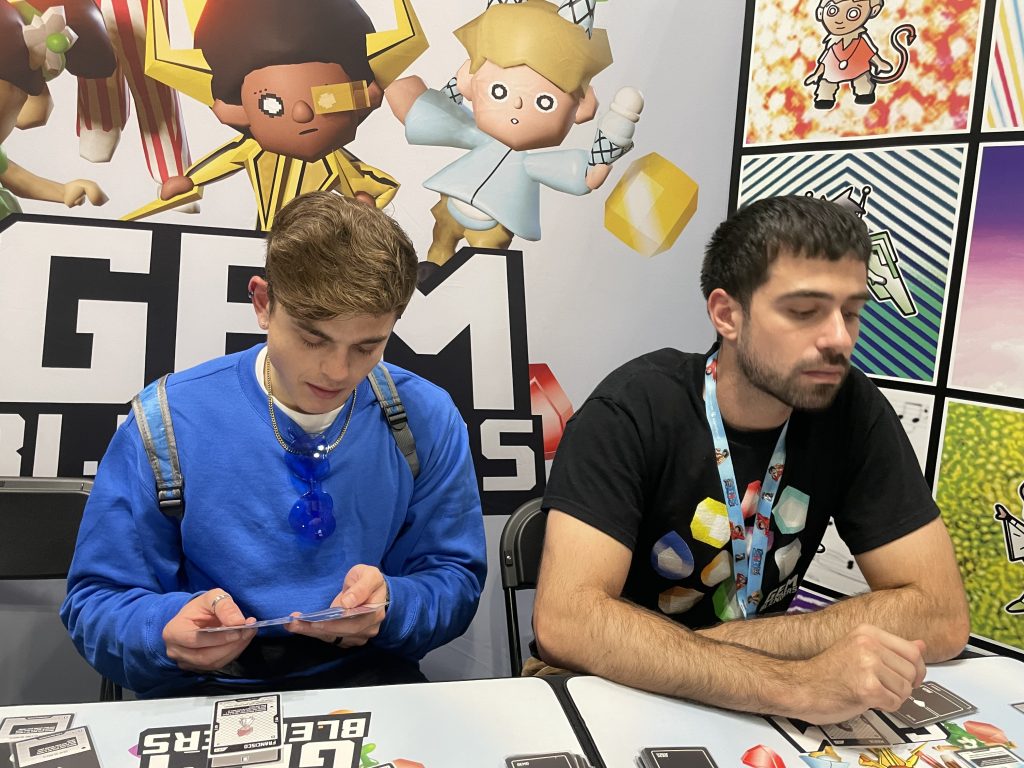
From its early beta set to its 2024 first edition, Gem Blenders has weathered the ups and downs of indie game development—including riding the tail end of a boom in indie TCGs during the COVID-19 pandemic. “We kind of hit during a TCG bubble and we were kind of the tail end of that,” said Sekula. The game’s initial $50,000 Kickstarter success was a major milestone, but the team has since shifted focus toward sustainable, local growth.
Operating out of New York City, Sekula and his small team have adopted a hands-on, hyper-local approach to community engagement. “We’re doing local events. We’re like focusing on kind of nearby conventions… all the way down… to Philly… as far north as Boston,” he said. Organized play is supported by a referee system—Gem Blenders’ version of certified judges—and the team has cultivated a Discord-based community where players can interact directly with the creators.
The game has also made strides with collectors, thanks in part to recent partnerships with major card grading companies. “We just partnered with PSA now. We’re with, I guess, all the major graders at this point,” Sekula said.
The Gem Blenders community includes both new and seasoned TCG players. “There’s a lot of people, Gem Blenders is their only trading card game, the other 50% is just like general trading card game enthusiasts,” Sekula noted. Many are drawn in by the game’s offbeat charm and the opportunity to shape its future. “They can talk to the creators… on Discord directly with us and influence the game in their own way.”
Now sold out of its original starter decks, Gem Blenders recently launched two new ones—Gourmet Kitchen and Sticks Royale—which mark the game’s first steps into deeper lore, with each deck including a themed zine. “It’s really our first expansion since the base set,” Sekula said. A full second set is planned for late 2025.
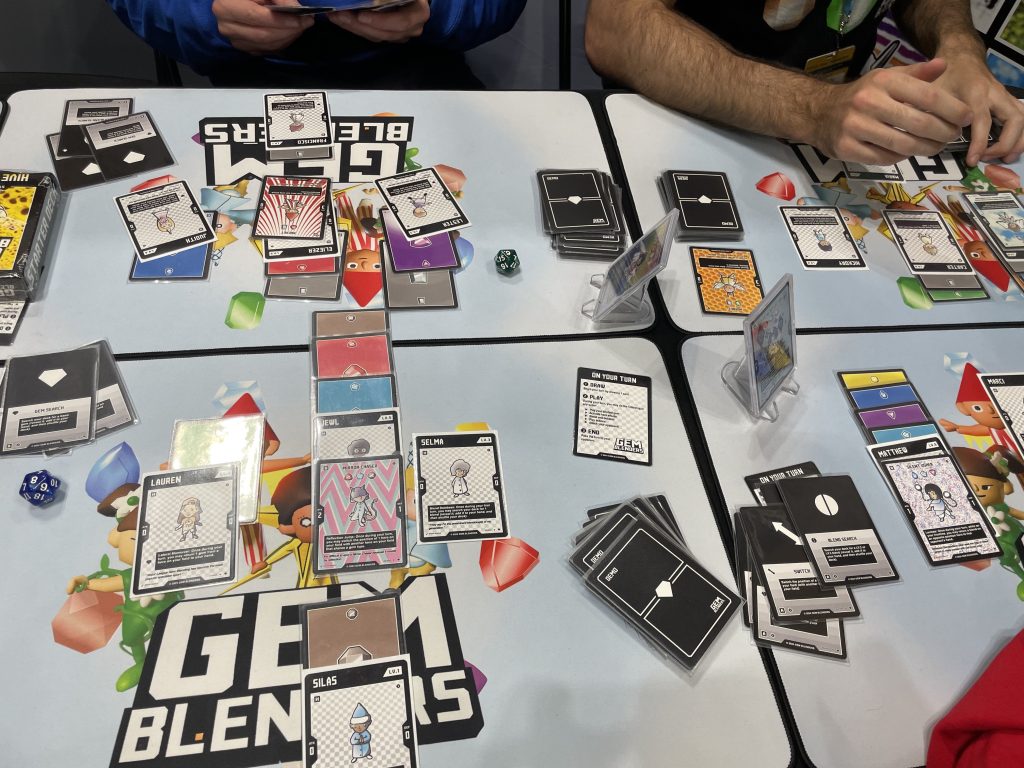
To get started, players can purchase starter decks via gemblenders.com, which also hosts event listings. The team holds regular demos at local game shops such as Bifrost Games in Manhattan and Sip & Play in Brooklyn, and has upcoming learn-to-play events at shops in Long Island and Jersey City. A Summer Invitational tournament is also scheduled for June 22.
Looking ahead, Sekula’s goals are clear: “Let’s try to get more shops. Let’s try to expand the organized play. Let’s try to get… 1000 players for the game.” Though his vision for Gem Blenders remains rooted in community, he’s open to broader possibilities. “I think a video game would be really cool… I would be totally open to creating something that’s in the world of Gem Blenders… expanding on the IP.”
His advice to aspiring TCG creators? “Don’t do it. No, I’m kidding,” Sekula laughed. “Make sure you have a core group of people that you’re working on it with… Be prepared to do a lot of work… TCG is, like, a long-term investment. It takes a while to build the cards into game. The game test is crazy.”
After nearly eight years of development, Sekula is still just getting started—but he’s not doing it alone. “Our enthusiasm has spread, and people are now also invested in it just because they have a passion for the game.”
For Gem Blenders, it’s more than just cards—it’s a world powered by creativity, sustained by community, and built one blend at a time.
